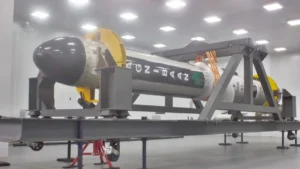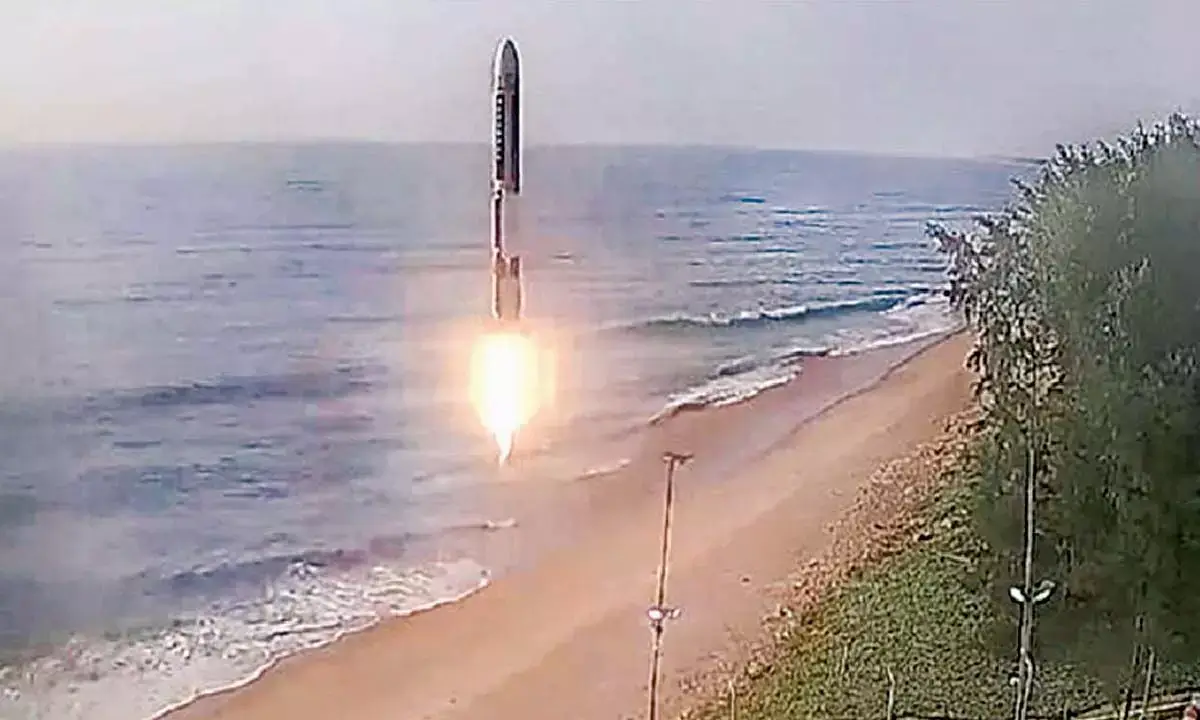This week, history was made on Indian soil as Agnikul Cosmos, a domestic space startup, successfully launched the world’s first rocket powered by a 3D-printed engine. This groundbreaking achievement signifies a major leap forward in the field of aerospace technology and could have far-reaching consequences for the industry.

The launched vehicle, named Agnibaan, is a single-stage suborbital demonstrator. The key innovation lies in its engine, aptly named Agnilet. Unlike traditional rocket engines assembled from numerous parts, Agnilet is a single piece manufactured entirely through 3D printing. This revolutionary approach offers a multitude of benefits:
-
Reduced Production Costs: 3D printing eliminates the need for complex and expensive tooling, significantly lowering the cost of engine production. This could make space travel more accessible and open doors for smaller companies and research institutions.
-
Faster Development Time: Traditional engine development can be a lengthy process. 3D printing allows for rapid prototyping and iteration, enabling engineers to test and refine designs more quickly.
-
Lightweight Design: 3D printing allows for the creation of intricate, lightweight structures. This translates to a lighter overall rocket, allowing it to carry more payload or travel farther on the same amount of fuel.
The success of Agnikul’s mission is a testament to India’s growing prowess in the space sector. It also highlights the transformative potential of 3D printing technology. While this is a single launch, it represents a significant step towards a future where 3D-printed engines power a new generation of rockets, making space exploration more efficient and affordable.
However, there’s still work to be done. Agnikul’s current rocket is a suborbital demonstrator, meaning it cannot achieve orbit. Future iterations will need to be more robust to reach greater heights.
Despite these hurdles, Agnikul’s accomplishment is undeniably a landmark achievement.
It ushers in a new era in aerospace, and the ripple effects of this 3D-printed engine launch could be felt for years to come.





